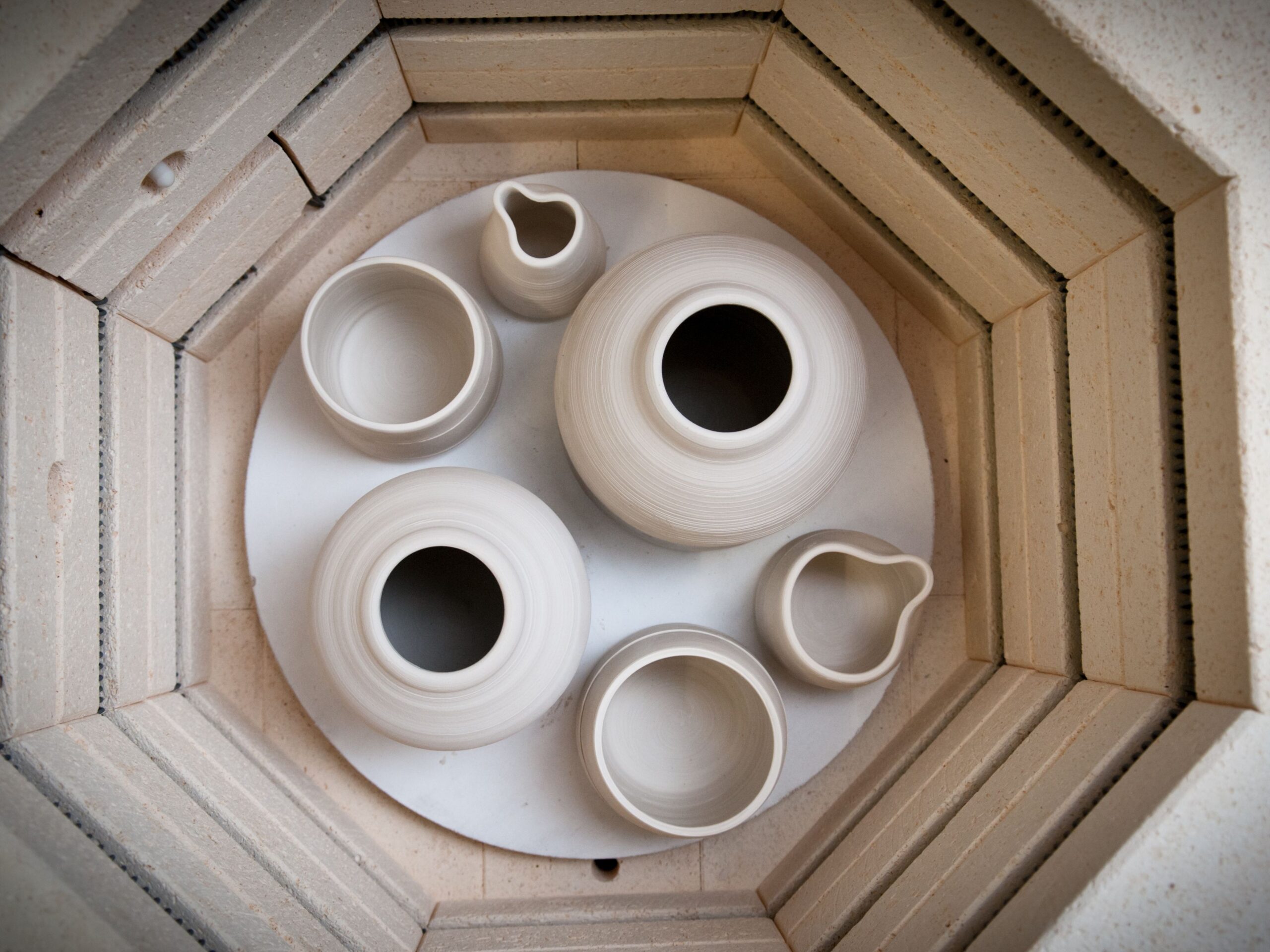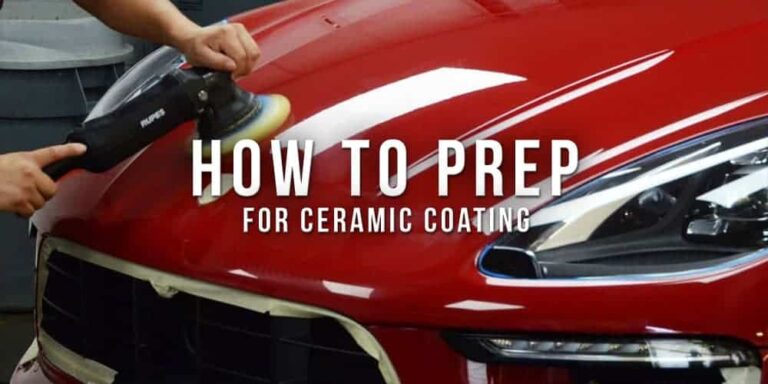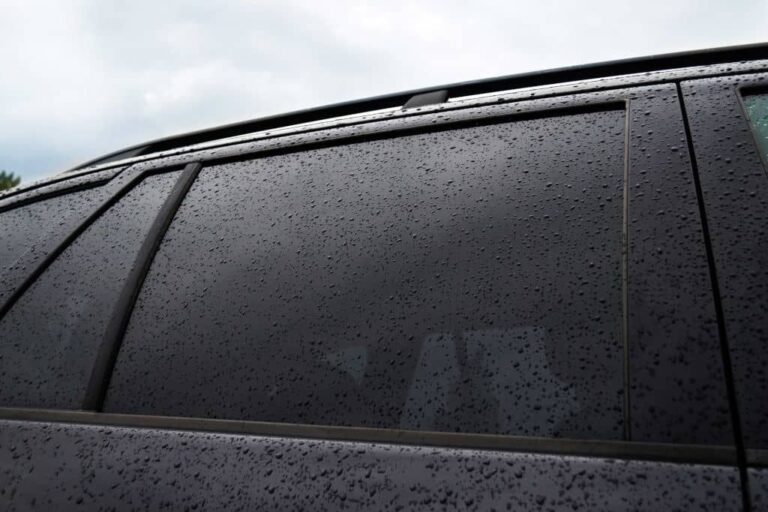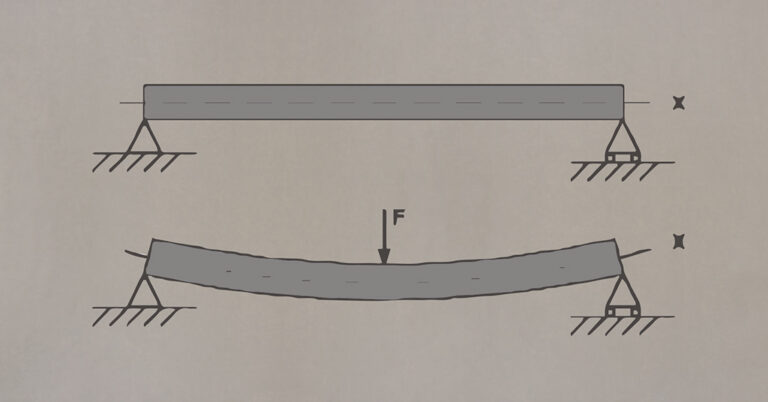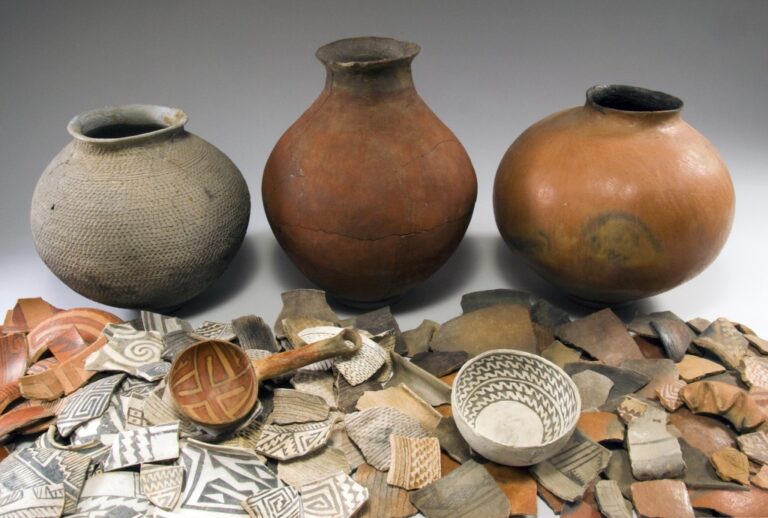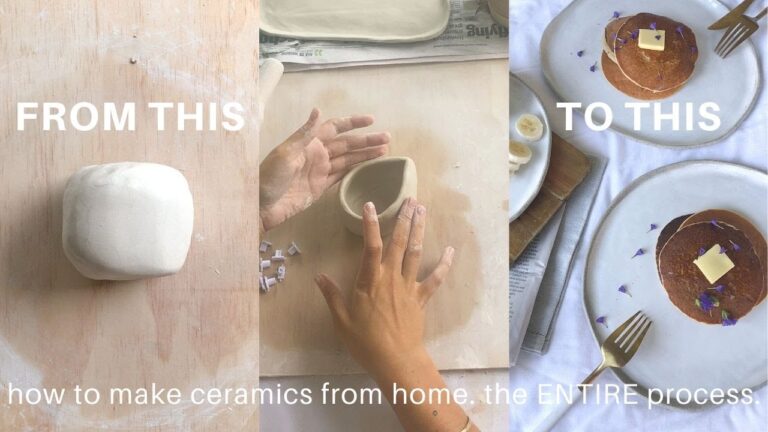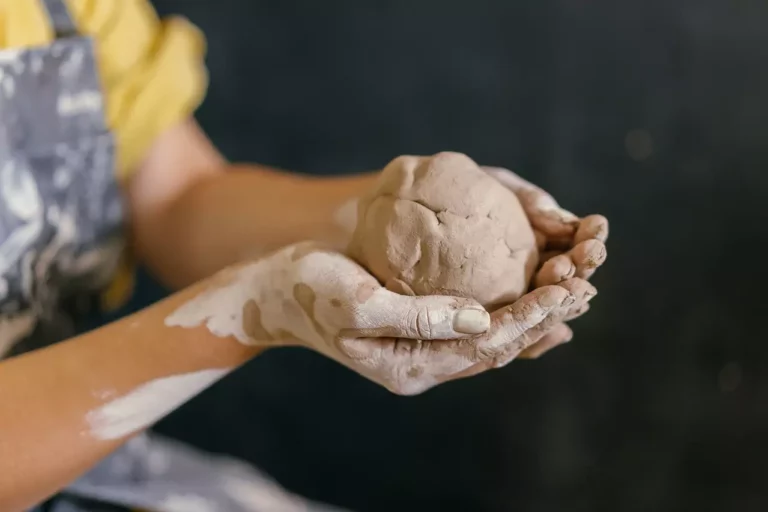How Hot Is A Pottery Kiln
Pottery kilns play a vital role in the creation of ceramic artwork. They are used to transform raw clay into beautifully crafted pottery through the firing process. If you’ve ever wondered how hot a pottery kiln can get and how it works, this article will provide you with a comprehensive understanding.
Understanding Pottery Kilns
Pottery kilns come in various types, but they all serve the same purpose: to create high temperatures necessary for firing clay. Electric kilns, gas kilns, and wood-fired kilns are some of the most common types. Each kiln operates on different principles, but they all aim to reach and maintain specific temperatures for successful firing.
Temperature Control
Temperature control is crucial in pottery kilns as it directly affects the outcome of the pottery. The firing temperature determines the strength, color, and texture of the finished piece. Kilns utilize various methods to regulate temperature, such as manual control, programmable controllers, and thermocouples.
Heating Process
The heating process in a pottery kiln typically consists of several stages. Preheating removes any remaining moisture from the clay, while the bisque firing stage brings the temperature up to around 1800°F (982°C). For glaze firing, temperatures can reach as high as 2300°F (1260°C). Heating elements, such as electric coils or gas burners, generate the necessary heat.
Firing Techniques
Pottery kilns offer different firing techniques, each resulting in unique effects on the pottery. Oxidation firing involves introducing oxygen into the kiln, resulting in vibrant colors. Reduction firing, on the other hand, limits oxygen, creating rich earth tones. Additionally, alternative firing techniques like raku and saggar firing provide distinctive results.
Kiln Safety
Safety should always be a priority when using a pottery kiln. Kilns operate at high temperatures and release potentially harmful fumes during firing. It is essential to follow safety measures such as wearing protective gear, ensuring proper ventilation, and using a kiln with safety features like a shut-off switch and a ventilation system.
Kiln Maintenance
Regular maintenance is necessary to keep a pottery kiln in optimal condition. This includes cleaning the kiln, inspecting heating elements, and replacing worn-out parts. Additionally, knowing how to troubleshoot common issues like uneven heating or kiln malfunctions is crucial for smooth operation.
Factors Affecting Kiln Temperature
Several factors can influence the temperature inside a pottery kiln. External factors like ambient temperature, humidity levels, and kiln location play a role. Internal factors, such as kiln insulation, the quantity and arrangement of pottery, and the type of firing, also affect temperature distribution.
Benefits of Using a Pottery Kiln
Utilizing a pottery kiln offers numerous benefits for ceramic artists. Firing pottery in a kiln enhances the strength and durability of the finished pieces, making them suitable for everyday use. Moreover, the controlled firing environment allows artists to achieve specific color variations and surface effects, resulting in visually stunning ceramics.
FAQs
How hot does a pottery kiln get?
A pottery kiln can reach temperatures as high as 2300°F (1260°C) during glaze firing.
Can pottery be fired without a kiln?
While it’s possible to fire pottery without a kiln using alternative methods like pit firing or a DIY kiln, these techniques have limitations and may not produce the same results as a dedicated pottery kiln.
How long does it take to fire pottery in a kiln?
The time required to fire pottery in a kiln varies depending on factors such as the size and thickness of the pieces, the desired temperature, and the kiln type. It can range from a few hours to several days.
What safety precautions should I take when using a pottery kiln?
When using a pottery kiln, it’s important to wear protective gear, ensure proper ventilation, and have a fire extinguisher nearby. Follow the manufacturer’s safety guidelines and consider taking a kiln safety course for comprehensive knowledge.
How often should a pottery kiln be cleaned?
Regular cleaning is essential to maintain a pottery kiln. Depending on usage, it’s recommended to clean the kiln every 10-20 firings to remove debris, dust, and glaze drips that may affect its performance.
Conclusion
Pottery kilns provide the necessary heat for transforming clay into exquisite ceramic artwork. Understanding the working principles, temperature control, and various firing techniques is crucial for successful pottery firing. By adhering to safety measures and regular maintenance routines, artists can enjoy the benefits of using a pottery kiln to unleash their creativity.
